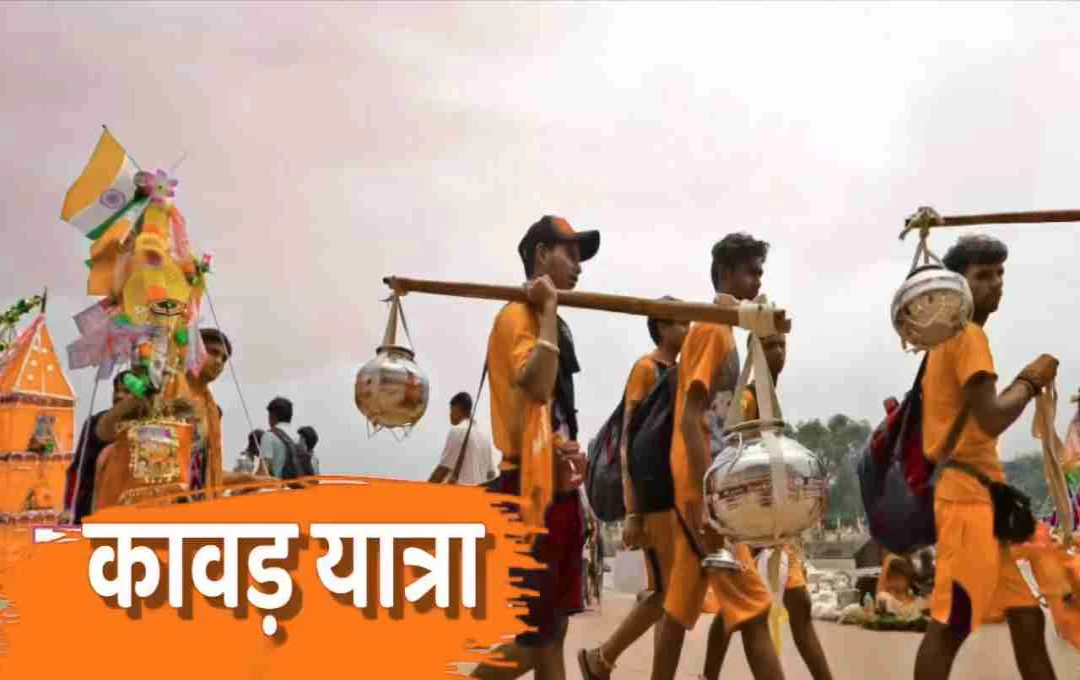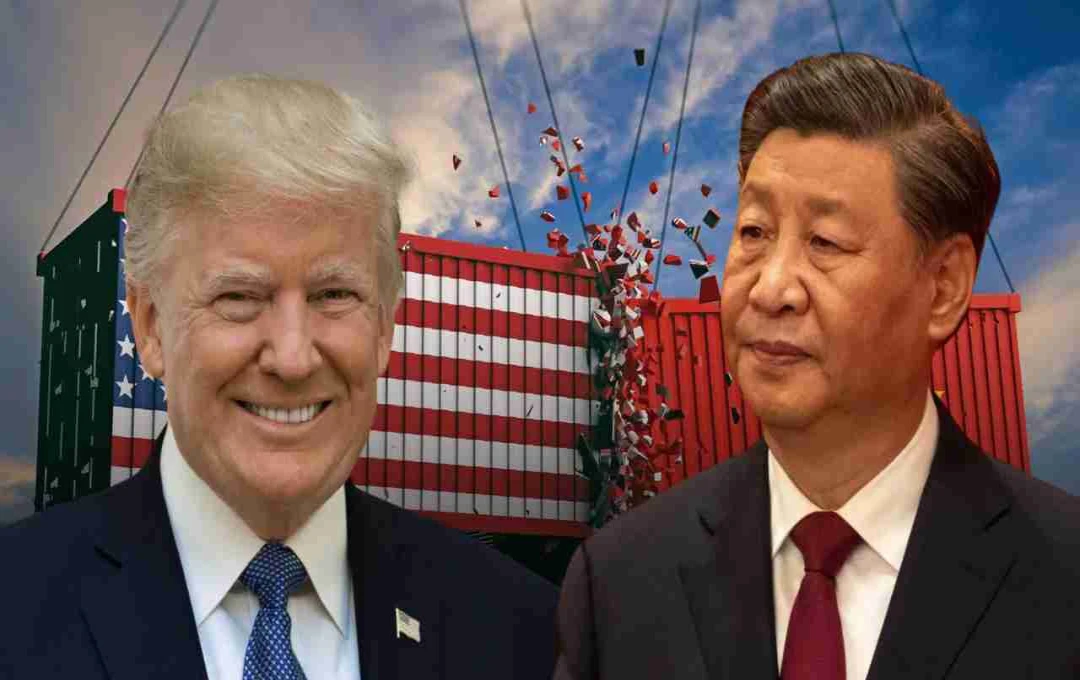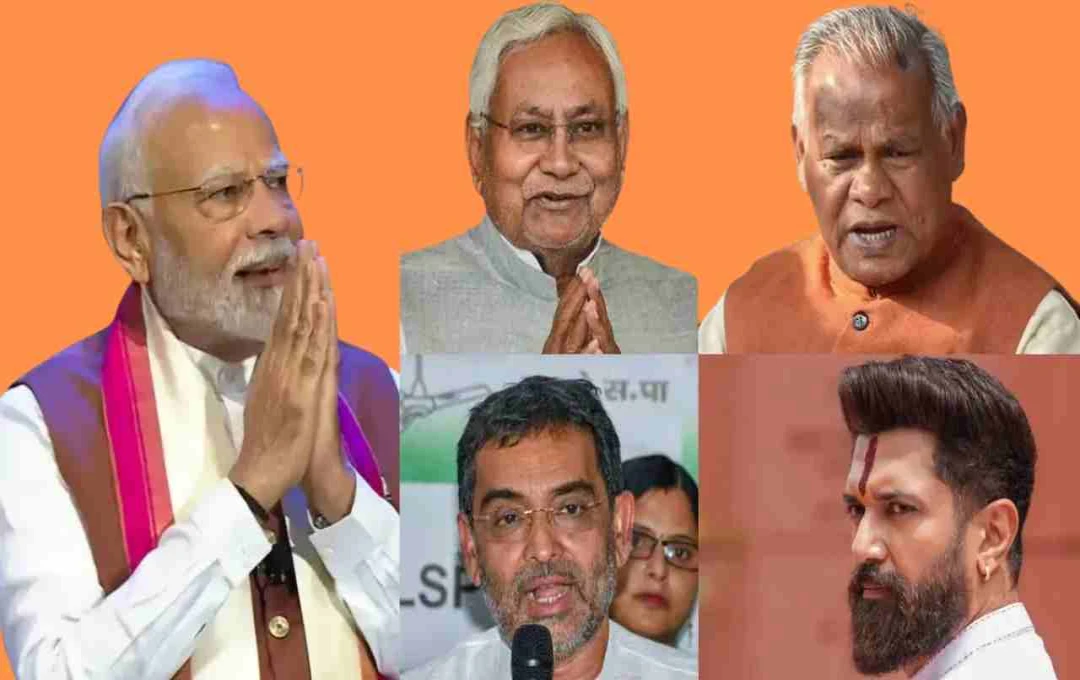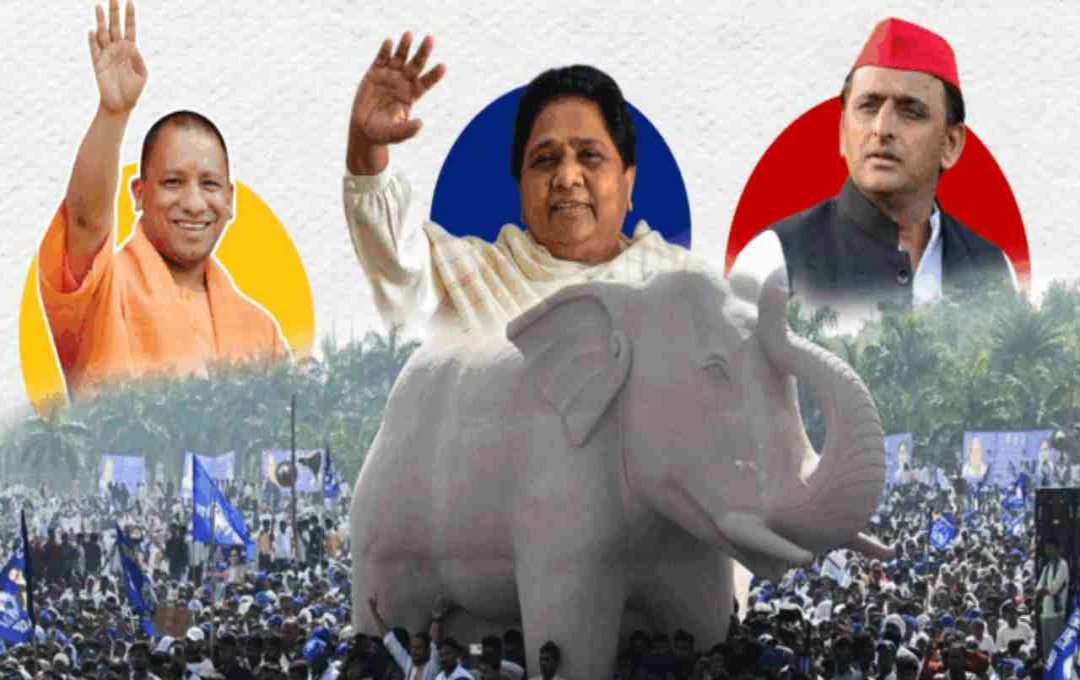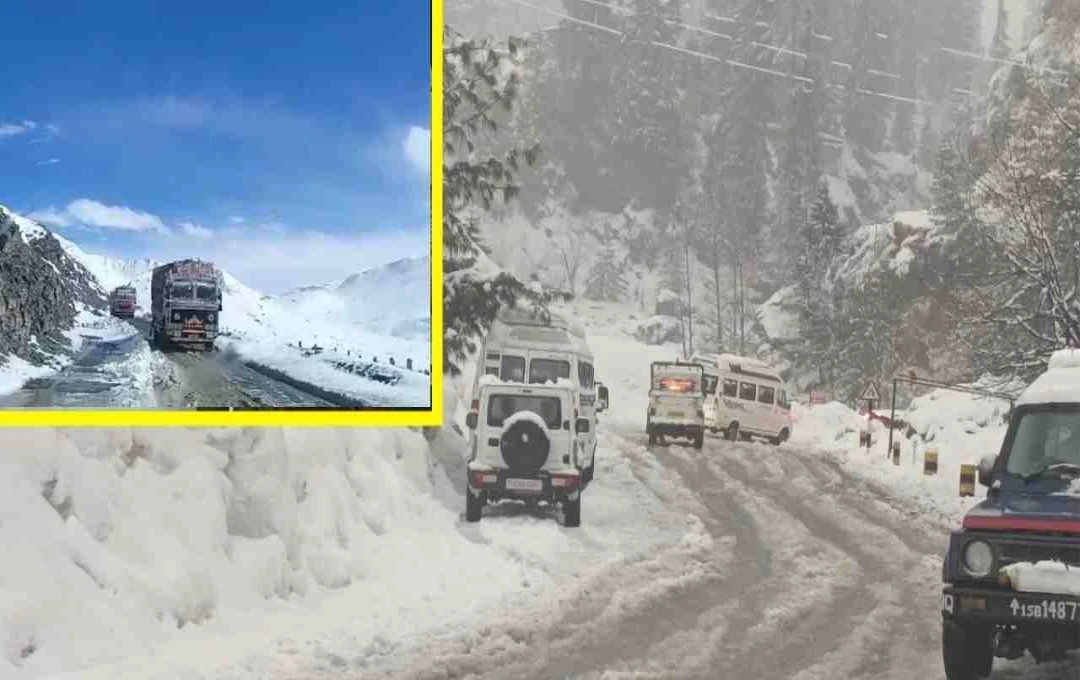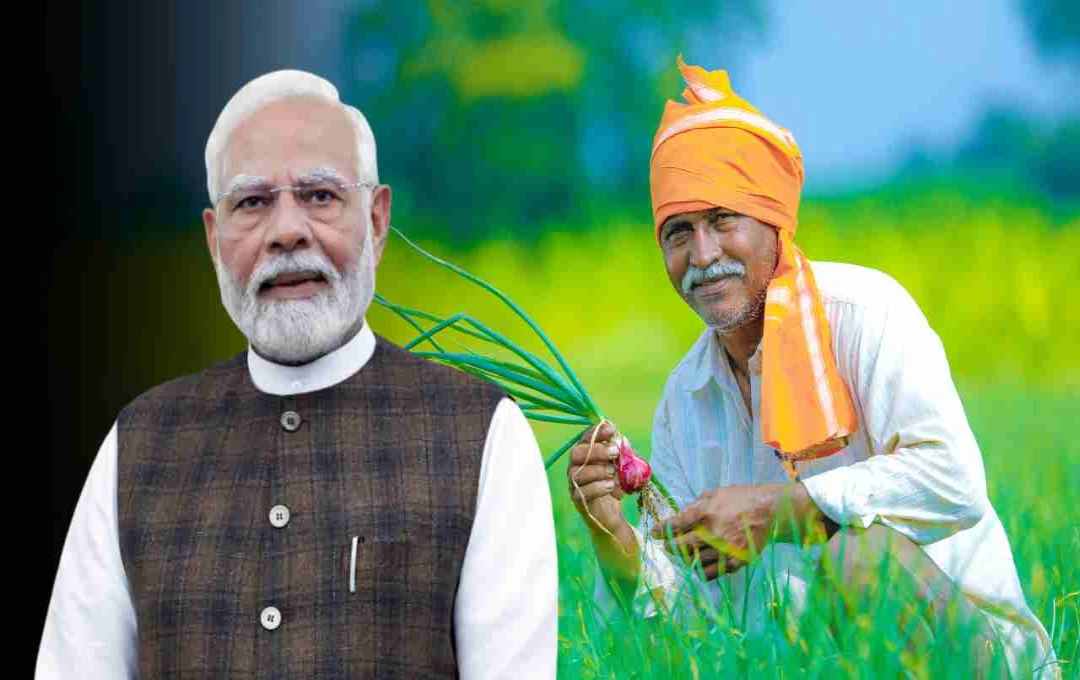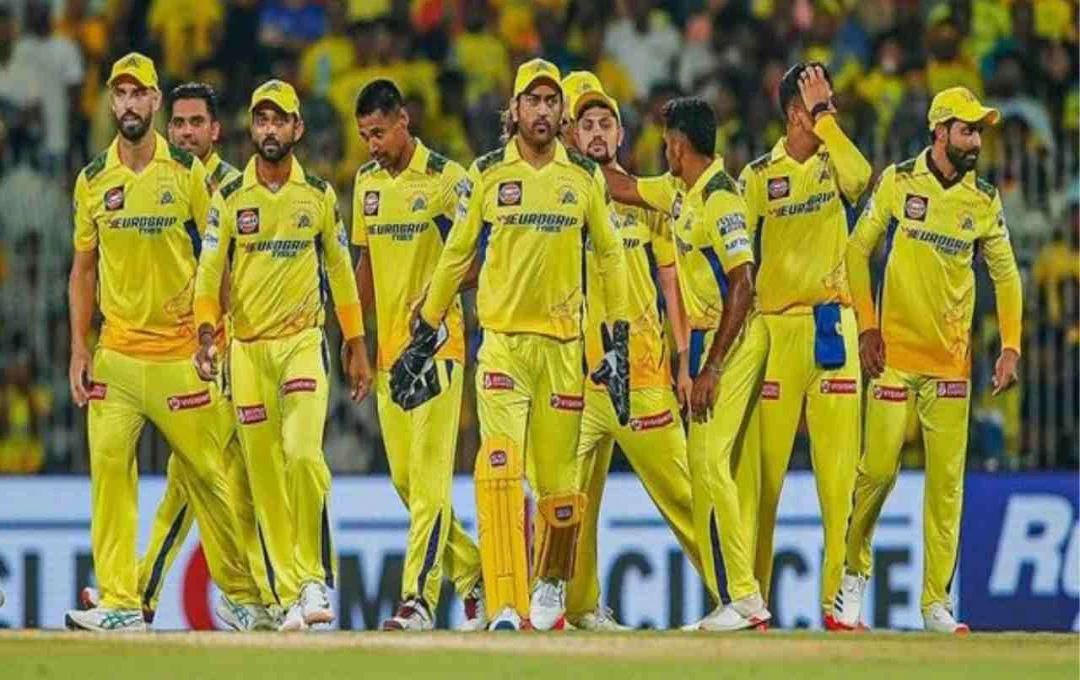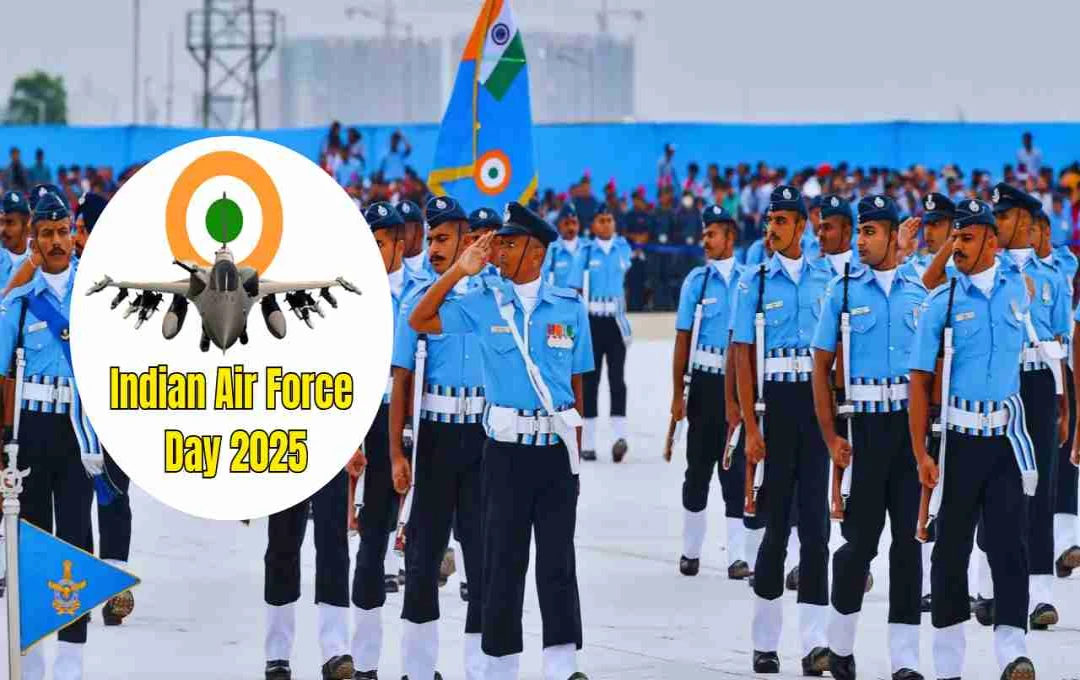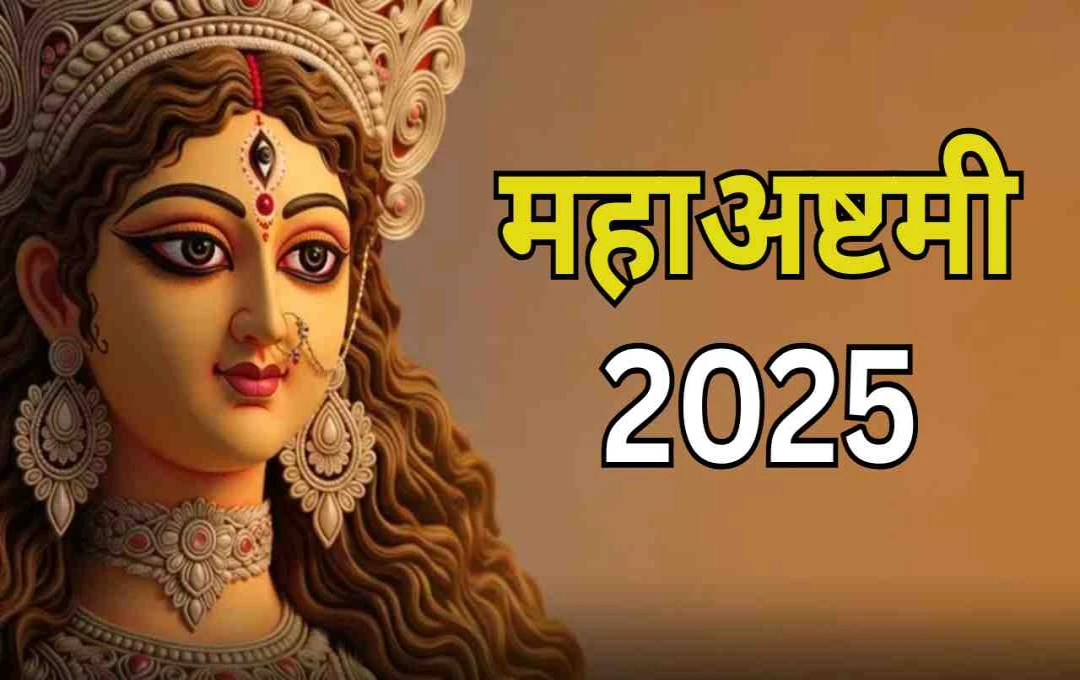As the month of Sawan begins, a special fervor is observed among devotees of Lord Shiva. This is the time for devotion and the offering of holy water, known as Jalabhishek, to the deity. Every year, with the arrival of Sawan, thousands of Kanwariyas (devotees) from various parts of North India embark on a journey to collect Ganga water and offer it to the Shivalingas in Shiva temples in their respective cities.
In 2025, Sawan will commence on July 11th, and the Kanwar Yatra will also begin on the same day. This pilgrimage is not merely a religious tradition but a symbol of faith, penance, and dedication. Devotees undertake arduous journeys lasting many days. However, few are aware that the Kanwar Yatra is not just one type, but has four main forms.
Samanya Kanwar Yatra – The Most Common, Yet Disciplined Journey
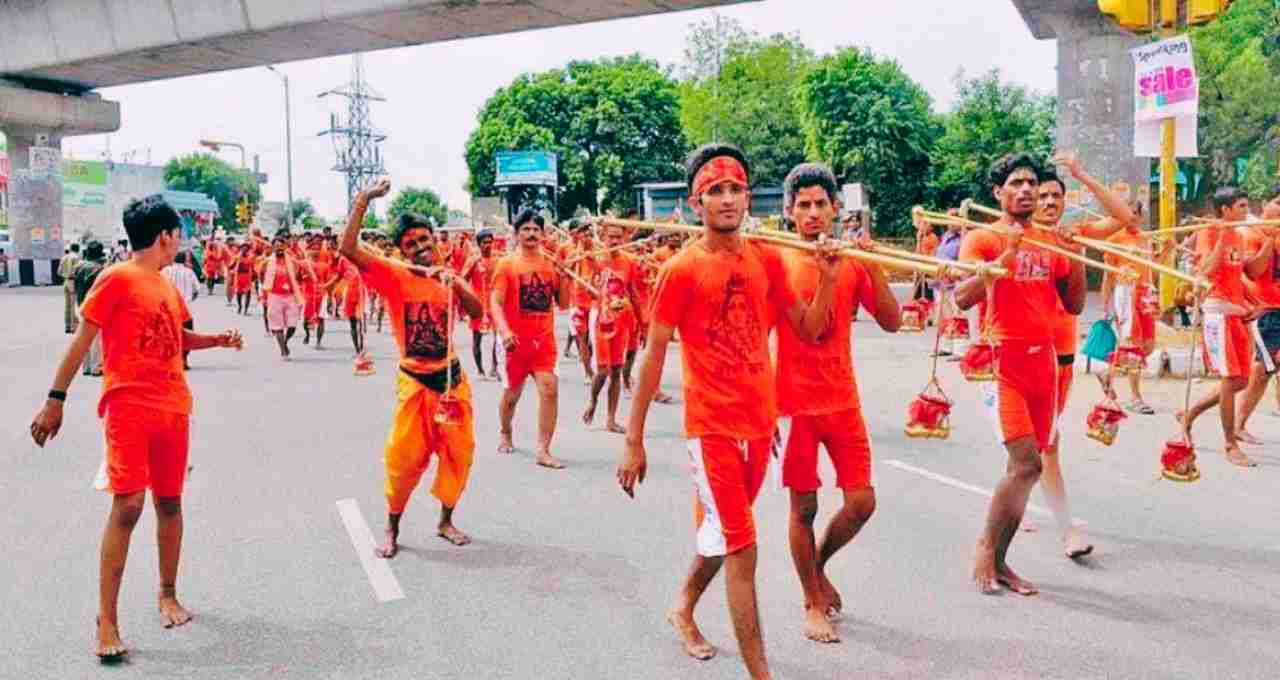
The Samanya Kanwar Yatra is the most commonly seen pilgrimage. In this, devotees go to collect Ganga water and proceed towards the Shivdhams (temples dedicated to Lord Shiva) at a leisurely pace. They also take rest along the way, but the rule is that the Kanwar (the structure carrying the Ganga water) filled with Ganga water should not be placed on the ground. This journey is for ordinary devotees, those who are undertaking the Kanwar Yatra for the first time in their lives.
Dak Kanwar – Towards Shiva's Feet Without Stopping
The Dak Kanwar Yatra is considered the most intense and fastest journey. In this, devotees carry Ganga water and continuously walk without stopping. Sometimes, this journey continues day and night. The devotees who reach with the water by running take it as a mission and only rest after offering the water to the Shivalinga.
This journey involves an entire team, with several helpers accompanying the devotee. The main Kanwariya, who carries the water, never stops. The other members assist with providing food, water, or relief.
Khadi Kanwar – No Placing Down, Accompanied Support
The Khadi Kanwar Yatra is for those devotees who adhere to the discipline of never placing the Kanwar on the ground throughout the entire journey. In this journey, the Kanwariya is accompanied by one or two helpers, who, when necessary, hold the Kanwar so that the devotee can rest. The journey may be a bit longer, but special emphasis is placed on discipline.
Dandi Kanwar – The Most Difficult, Yet the Most Meritorious
The Dandi Kanwar Yatra is considered the most challenging. In this, devotees move forward in a prostrate manner, i.e., they extend their hands forward and lie down, then stand up from there and take two steps forward. This process is repeated throughout the journey.
This journey is not only physically but also mentally very difficult. In this, the devotee completely surrenders himself to the feet of Lord Bholenath (Shiva). It takes a lot of time, but due to faith and resolve, only a few special devotees are able to undertake it.
Religious Significance of the Kanwar Yatra
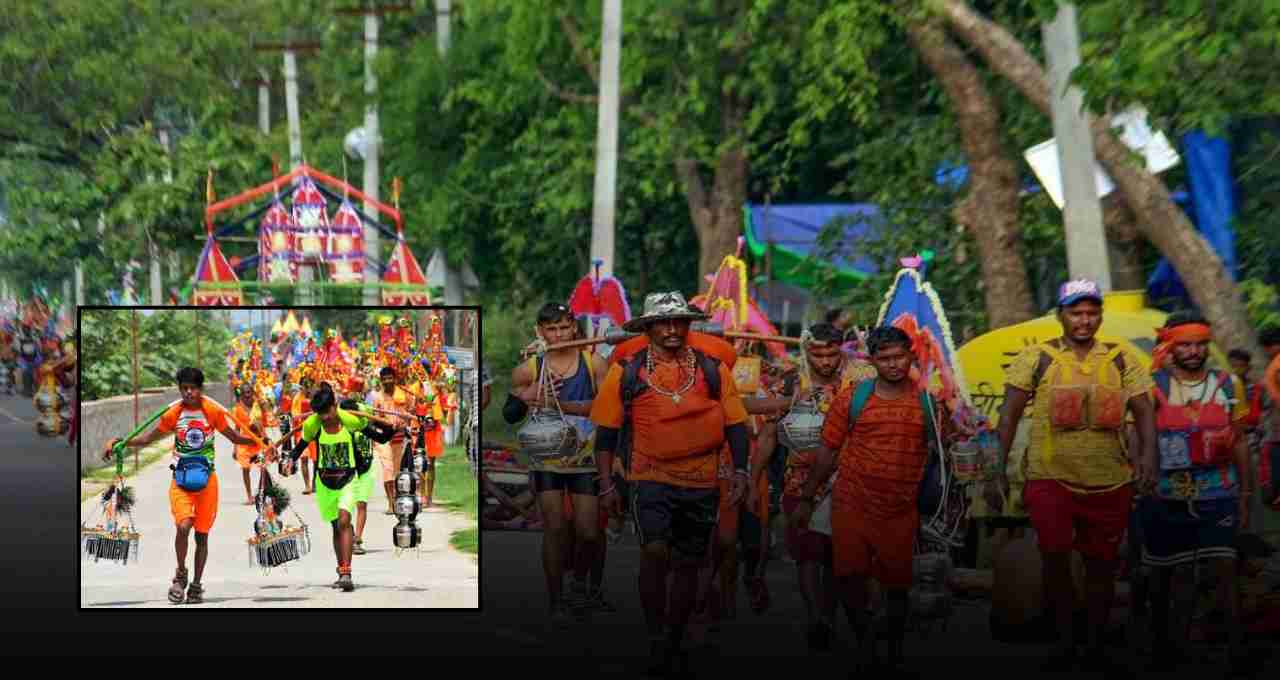
The tradition of the Kanwar Yatra is linked to the Samudra Manthan (churning of the ocean). When Lord Shiva consumed the poison Halahala, his throat turned blue. To reduce the effects of the poison, the Gods offered Ganga water to his Shivalinga. The devotees of Shiva still follow this tradition today and offer Ganga water to the Shivalinga.
Kanwariyas collect water from sacred places like Haridwar, Gangotri, Rishikesh, Deoghar, Gaya, and Sultanganj. During this time, they wear white clothes, chant slogans, and fill the atmosphere with the spirit of Shiva by shouting "Bol Bam."
The Devotion of the Devotees Makes the Kanwar Yatra Amazing
Every year, lakhs of Kanwariyas are seen on the roads. They include the young, the old, women, and children. Some travel by bicycle, some on foot, and some by trucks. But everyone has the same objective – to perform Jalabhishek of Bholenath with Ganga water.
During these journeys, arrangements for security, medical camps, food, and rest are made by voluntary organizations and the local administration.
